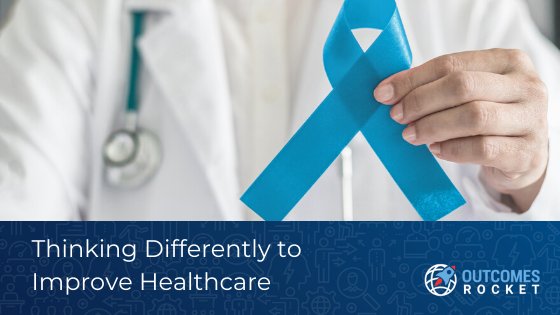
One of my favorite questions to ask my guests in the Outcomes Rocket podcast is, “What got you in the medical sector?” Over the years, I’ve heard different reasons. For some, it was an accident. For others, it’s the opportunities the healthcare field presented.
For Dr. E. Ronald Hale, Network Medical Director for Radiation Oncology at Kettering Cancer Care in Kettering, OH, it was because he felt it was his true calling.
He said, “I kind of embraced life with this idea that there is a destiny for each one of us. And when we have that destiny revealed to us, it really becomes the courage to embrace the destiny. We have the free will to walk away from it. And sometimes when we do that, we are repeatedly reintroduced to what our destiny is. And it’s these opportunities that pop up out of nowhere that seem like they take you in a completely divergent direction from where you think you’re going that are really the opportunities in life. And so that has been my guiding light through this whole experience.”
Dr. Hale embraced his destiny, success followed, and consequently, many people’s lives have changed and are changing.
Our experiences often shape our perspectives, and in Dr. Hale’s case, he has worn many hats which gives him a unique view of healthcare.
He stated that the country’s way of doing healthcare is not sustainable economically. According to Dr. Hale, “For the amount of effort, money, and investment that we’re making in healthcare, we’re not in this country seeing the kinds of health outcomes that are commensurate with the level of investment that we have.”
He calls for a need to change to happen at all levels, a change that involves improving the efficiency and effectiveness of healthcare delivery. He believes that everything needs to be on the table from the ground up in how healthcare is conducted, how patients are taken care of, and ensuring there is an integration of the continuum of prevention.
He explained that what front line physicians do is tertiary prevention, but they can be doing more with continuum prevention. He believes that quality of life lies on a continuum of prevention and there are plenty of opportunities along the way where we can invest to prevent diseases and mitigate the effects which in turn has a bigger yield for our money.
As the director and chair of Kettering’s cancer committee, and as a practitioner of tertiary prevention, Dr. Hale is in an excellent position to push the continuum of prevention.
In his facility, they are using the concept of care path to deliver treatment.
What is care path? Care path is an integrated clinical pathway that covers a step-by-step instruction for treating a patient. Just as pilots have checklists so they don’t forget anything and inadvertently crash the plane, the same concept also applies to medicine.
Dr. Hale explained, “For instance, instead of prescribing radiation for a breast cancer patient, I would prescribe a care path for the treatment of an early-stage left-sided breast cancer patient. That includes not only the radiation dose but the localization parameters for that treatment. The constraints for the healthy tissue to avoid the radiation to treat those areas. The orders that my nurse could execute in the event that the patient has skin redness or whatnot that are evidence-based according to our current nursing guidelines, the supporting documentation for what we’re doing, the supporting coding for the requisite coding for what we’re doing, and also the safety checklist. So that in order to move from step A to step B, the items such as obtaining a pregnancy test at the time of treatment planning is done in order to move forward. So by integrating the best practices for delivering the treatment with the safety checklists, we will have a care path.”
Like many things in life, this care pathway has its challenges. One of the challenges mentioned by Dr. Hale is the information system. He said there is a need for a paradigm shift for folks who work in the information system. He said, “We’re not here for the information system. The information system is here for us.”
Two things needed to happen. One, software needs to be developed to implement the delivery of care paths, and two, things need to happen on the doctors’ end.
Dr. Hale proudly shared that one of their successes is to conceive and develop a software application that would support the evidence-based delivery of care paths for the treatment of cancer with radiation. The software was ready for testing in February this year. It is packed with content, basically with every diagnosis and treatment they know.
He said they have been receiving good feedback from Yale and Thomas Jefferson, at least the whiteboard part of the software.
How does it work? He explains that unlike a doctor’s visit for a child where you expect the episode of care to last for only half an hour from check in, check out, and prescription, in Oncology it is different.
He clarified, “The episode of care begins with the initial consultation, stretches through the simulation, treatment, planning, treatment delivery and also what we call the end of the global period, which is three months after the completion of the course. So our episode of Care lasts for several months.”
In those three months, they have to know where the patients are each moment, This information is critical. Oncologists also need to know who’s waiting for simulation, who are waiting for their treatment plan, and who are waiting for insurance approval so they can move the patients efficiently. The software Dr. Hale’s team developed not only do all these things, it also can execute care path, can decrease variability, improve safety, and can track patients through the episode of care and manage the patients actively.
Even the arrival of precision medicine ties in with the concept of care paths. Dr. Hale said, “The way I see it, it(care path) enhances our ability to do precision medicine in so far as that, every patient will have the appropriate testing done right that will fine-tune the treatment they should be getting.”
Dr. Rale shared that there is a shift happening with regard to the delivery of radiation oncology.
For one, there is a change in the way doctors are now looking at compensation for the treatment of cancer with radiation. The former model was they were paid every time they turn the machine on. Right now there’s an active discussion regarding the use of alternative payments where healthcare providers should be paid not per click of the machine, but for the diagnosis and treatment as a bundle.
Another major change happening is there is a better understanding regarding how many treatments or dose fractions for radiations are necessary. There is now a shrinking dose fraction schedule. For example, patients with prostate cancer will now receive five or twenty fractions instead of 45. For breast cancer patients, the number of dose fractions is reduced to 15 or 20 instead of 28 to 33 treatments. The shift happening is getting more patients through the departments with fewer fractions.
Care paths offer plenty of advantages in the radiation oncology department. For Dr. Hale, the delivery of care path allows them to understand the cost involved in getting the patient on treatment, and how to deliver the treatment at a lower cost. Smart Clinic, the software Dr. Hale’s team created, is facilitating their ability to get patients into treatment quickly and efficiently.
Dr. Hale welcomes anyone who would like to know more about SmartClinic. You can easily reach him to his email. For more information about Dr. Hale, visit, https://www.linkedin.com/in/e-ronald-hale-md-mph-476b6139/.
Listen to my full conversation with Dr. Hale here: https://outcomesrocket.health/hale/2019/10/
According to the 2020 Centers for Disease Control and Prevention report, roughly 34.2 million Americans have diabetes,...
Read MoreAs a farmer, Rod was used to long days. He worked 18 hours a day, 7 days...
Read MoreWith investors receiving hundreds of pitch decks every year, how do you create a compelling presentation that...
Read More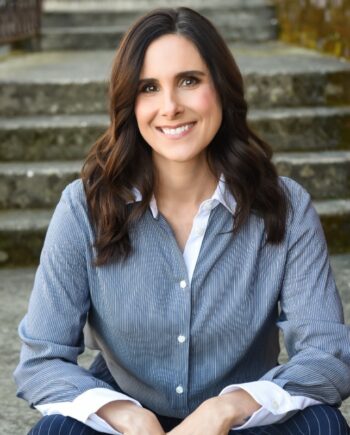
Brittany Busse Co-Founder, President, and Chief Medical Officer at
ViTelHealth
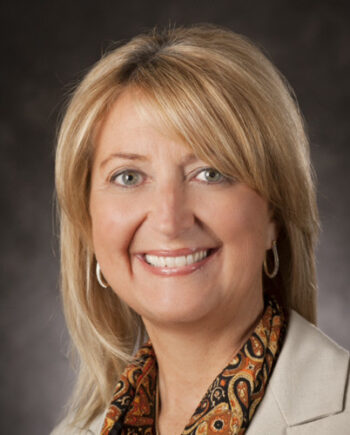
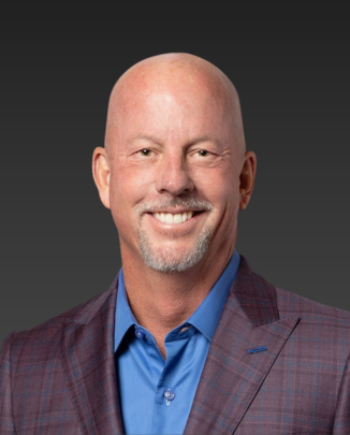
Stephen Thorne Founder and CEO at
Pacific Dental Services
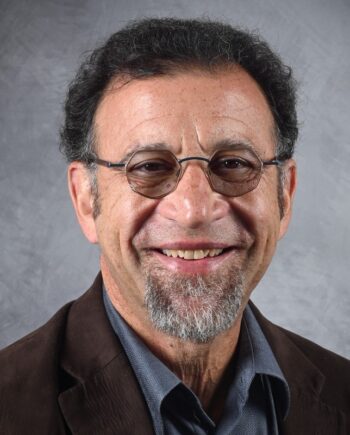
Keith Carlson Nurse Career Coach